Flying Kiwi
This the last of six P-40s I built earlier this year for a club display for the Australian Model Expo. I built them as one group of three and a second group of four. A seventh aircraft was not finished in time for Expo but is now completed.
-
Flying Kiwi
Subject
The furthermost south expansion of the Japanese Empire was the island of Guadalcanal in the Solomon Islands. On the 7th of August 1942, US Marines landed on Guadalcanal, initiating a long and hard-fought campaign to take back the Solomon Islands and destroy the Japanese stronghold at Rabaul on New Britain.
Fighting alongside US forces were the forces of New Zealand, including the Royal New Zealand Air Force (RNZAF), which, amongst other types, flew the P-40.
By 1944, the New Zealanders found themselves based on the Island of New Georgia in the Solomon Islands, flying P-40Ns escorting US bombers to pound Rabaul as well as undertaking their own bombing and strafing missions against the Japanese.
Rather than rotate both pilots and aircraft into theatre and then back home for rest, RNZAF aircraft were owned and maintained by the Service Units and provided to which ever squadron was currently on active duty. Thus, 4 Service Unit (4 SU), and not the squadron owned the and named this aircraft “Gloria Lyons” after the squadron mascot.
Gloria Lyons was a young lady who was a patient at the Christchurch Public Hospital with tuberculosis of the spine. Gloria responded to a newspaper advertisement posted by two 4 SU servicemen “Two lonely airmen wish to correspond with two smart young ladies 18-21 with a view to friendship, interests, dancing, music and sport. Photo if possible.”
Regular correspondence followed and, when a P-40 with the squadron code “G” came up for maintenance, 4 SU decided to name it in Gloria's honour.
Three different P-40s bore the name “Gloria Lyons” in turn. The first, P-40N-1 NZ3148, was written off in a crash landing on 9th February 1944 and the second, P-40N-5 NZ3167, was written off due to enemy ground fire on 17th February 1944. This aircraft (P-40N-20 NZ3220) was the third “Gloria Lyons” which flew a number of missions, 57 missions with two and a half victories indicated on the scoreboard on the starboard side of the cockpit, survived the war and is currently in private hands.
The final “Gloria Lyons” was a Vaught F4U-1A Corsair NZ5233 G/33, which was written off on a landing accident on 15th June 1944.
Construction
This is the Eduard boxing of the Mauve kit with additional brass and resin pieces included, but some of the resin pieces are inaccurate.
Firstly, the resin seat is the rounded back type used up to the P-40N-1. However, with the revised rear canopy for the P-40 N-5, the pilot back armour was changed from the vertical to a backward sloping piece and the seat attached directly rather than mounted on a frame. So, I used a squared backed seat from one of the AMT kits after removing the moulded-on seatbelts and used the Eduard etched seatbelts instead. I used the kit rudder pedals instead of the fiddly etched pieces.
The gun sight is a solid piece of green plastic so I cut off the reflector and replaced it with a rectangle of clear acetate.
Eduard provides resin pieces for the radiator/oil cooler and it took a bit of effort to get it to fit properly. The lip of the radiator opening is very thick and blunt, making the opening look too small and losing the characteristic look of the P-40. So, I thinned this out from the inside. This meant that the divider was now too small so I used white glue to fill the gaps.
Etched parts are provided for the radiator exit flaps, but I used the kit part instead.
Parts are provided for three of the four walls of the main wheel wells, but not on the fuselage side. I used pieces of plastic card to fix this. When it came to fitting the wings to the fuselage, I discovered that they interfered with the quite thick resin cockpit floor, so some adjustments were required.
I used a piece of sprue to widen the fuselage aft of the cockpit to remove the gap between wing and fuselage.
Eduard provides some very nice resin wheels with covered hubs, but these are the standard 30” size while the P-40N had 27” wheels. The kit wheels are actually correct, although with exposed hub spokes, so I used them. The main gear legs are a little odd in shape with the scissor links being small and, oddly, attached to the oleo internal retraction strut. I cut the scissor links off and replaced them with some round styrene rod, attached to the external oleo parts. I didn't bother to modify the legs otherwise.
The final modifications were to round off the nose of the spinner, which is a little too pointed, and to shorten the propellor blades. The prop for this kit is too large in diameter - it should be 35mm scale radius, but the propeller blades are that long, plus the gap at the centre of the spinner baseplate. So, I drilled new alignment holes to mount the blades closer to the centre and then shortened and reshaped the blades at their base to fit.
The rest of the build was straight forward however it took considerable effort, super glue, filler and sanding, to blend in rear canopy part to the rear fuselage. It worked out nicely in the end, though.
Painting and Markings
This aircraft was delivered in the standard Olive Drab (Gunze H52 Olive Drab (1)) and Neutral Grey (Gunze H53 Neutral Gray) camouflage and was given the then current theatre markings of white tail, spinner and upper wing and fuselage stripes. The wing stripes didn't extend to the ailerons.
I faded the upper surfaces with a light overspray of lighter Olive Drab (Gunze H304 Olive Drab FS 34087), including the ailerons.
I bought this kit second hand and some of the decals were worse for wear, including the RNZAF insignia. Fortunately, the name, scoreboard and serial number decals were OK. I recently purchased the AeroMaster SP48-10, "The Royal New Zealand Air Force in WWII" decal set. This set has roundels in the correct colours and includes a set for the P-40.
I decided to mask and paint the white theatre stripes rather than trust the either the kit or AeroMaster decals. Unfortunately, the white on the AeroMaster insignia was a bit translucent and the white bands show through.
A bit of weathering, exhaust stains and radio wire and it was done.
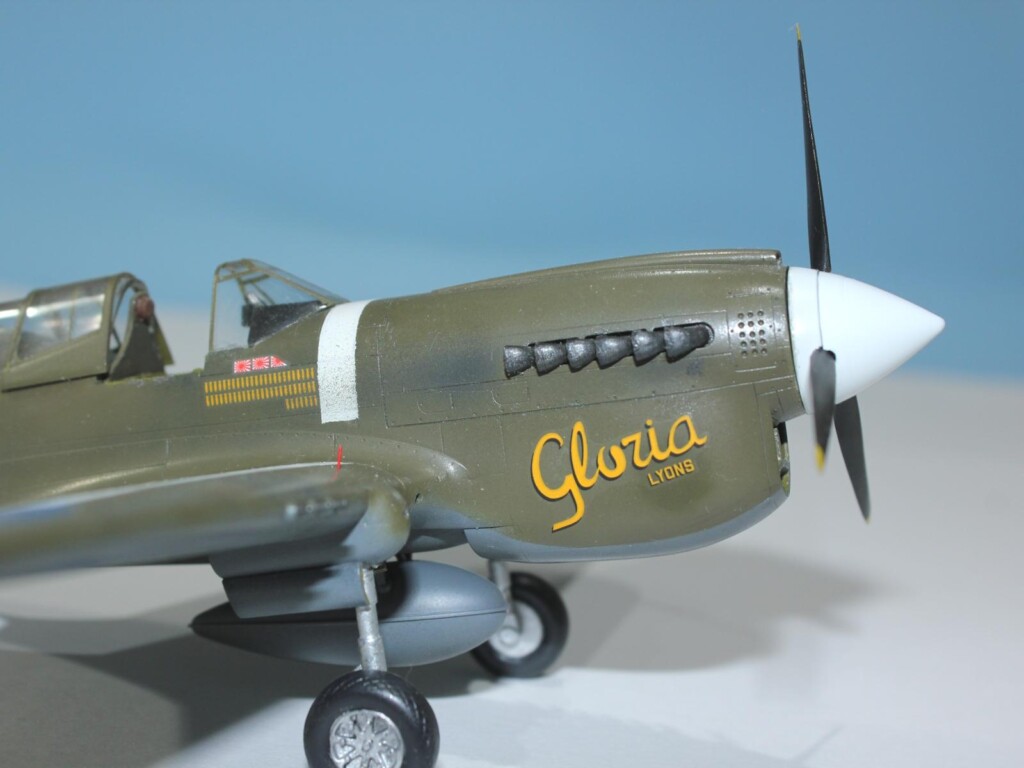
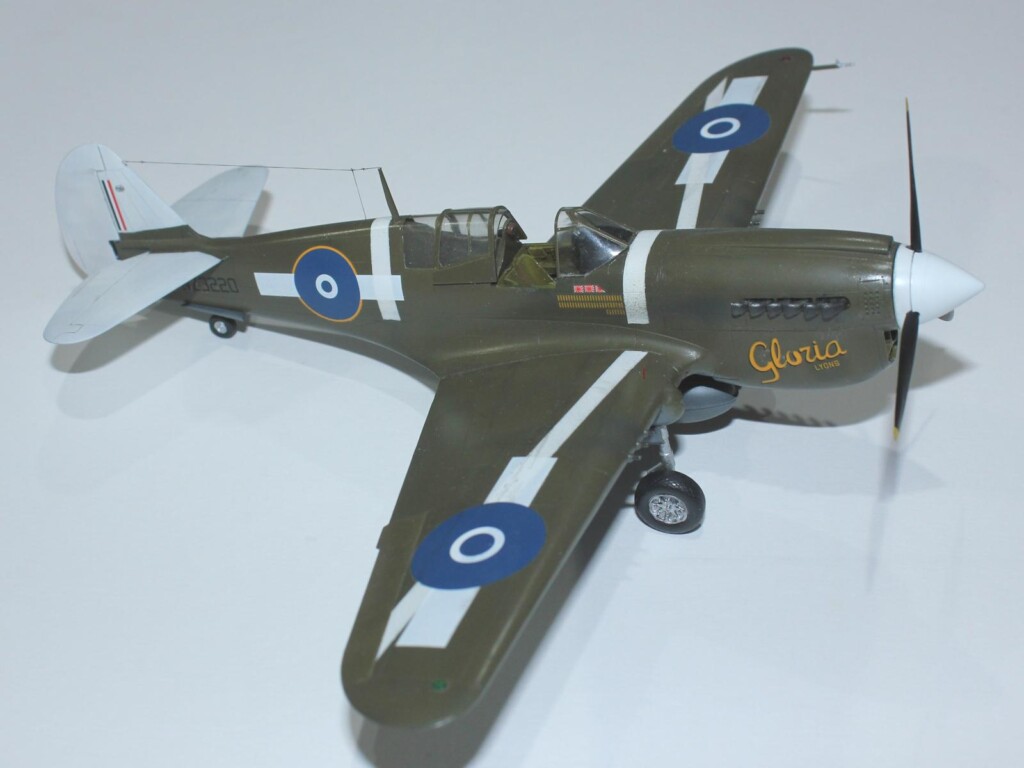
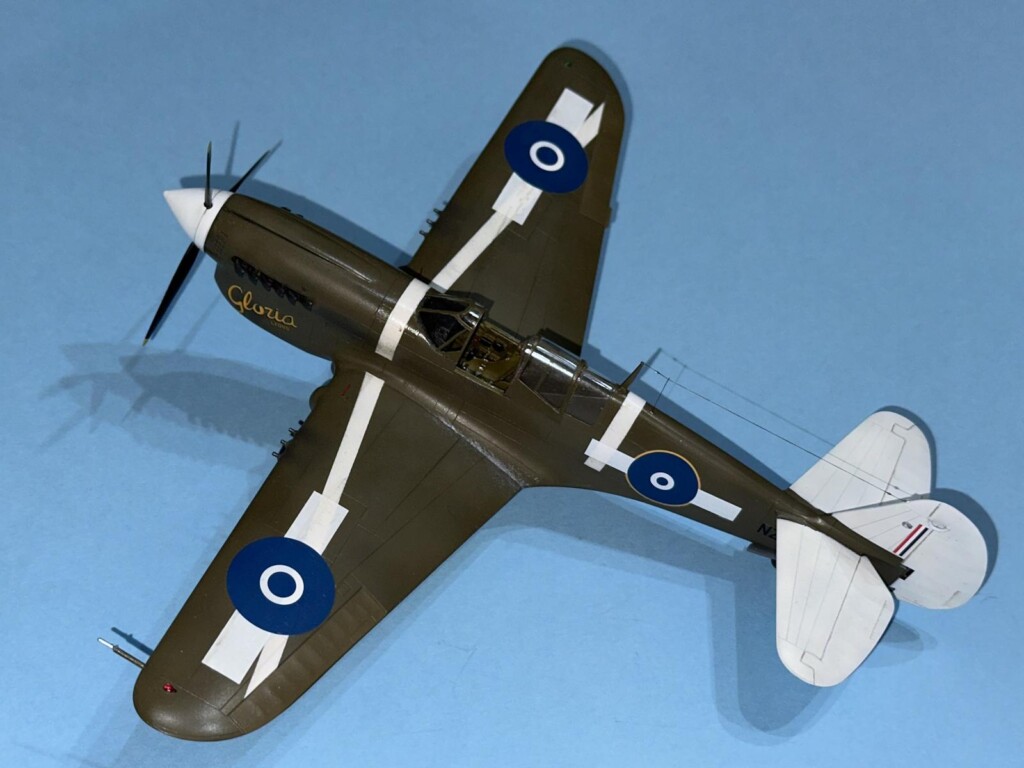
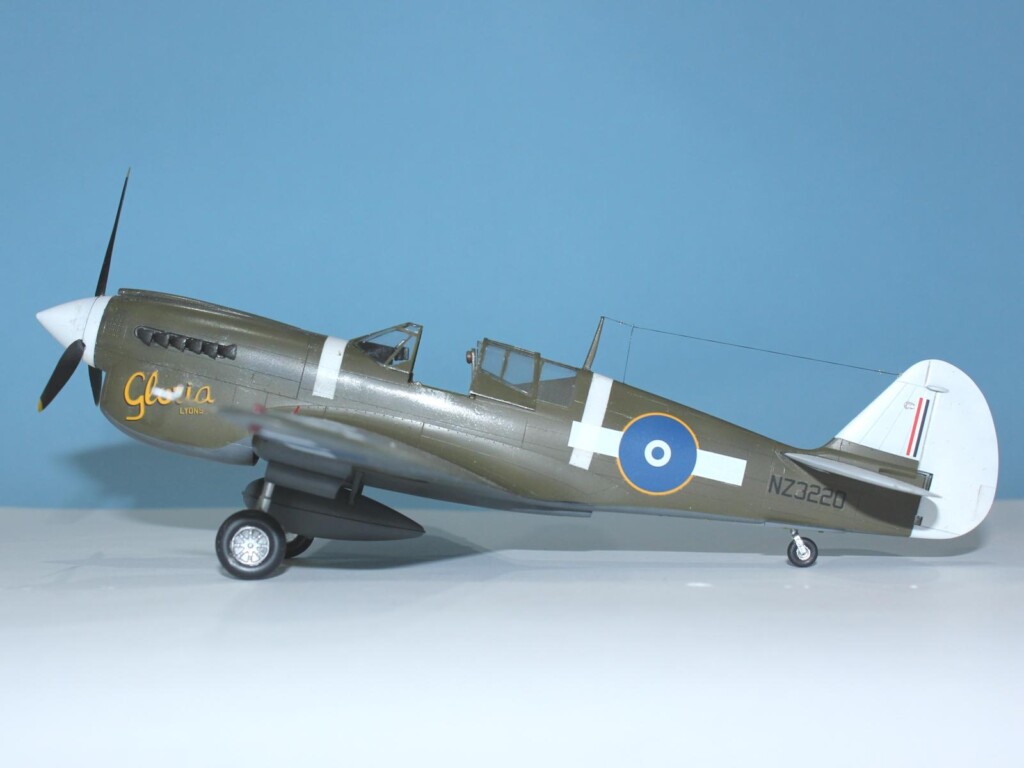
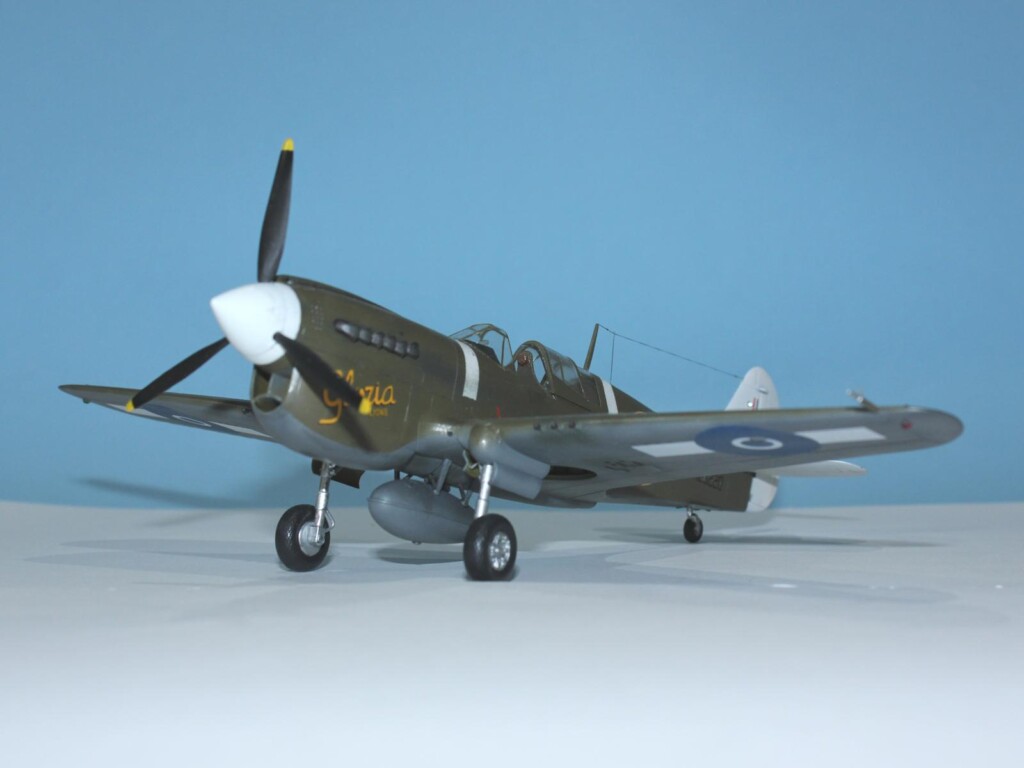

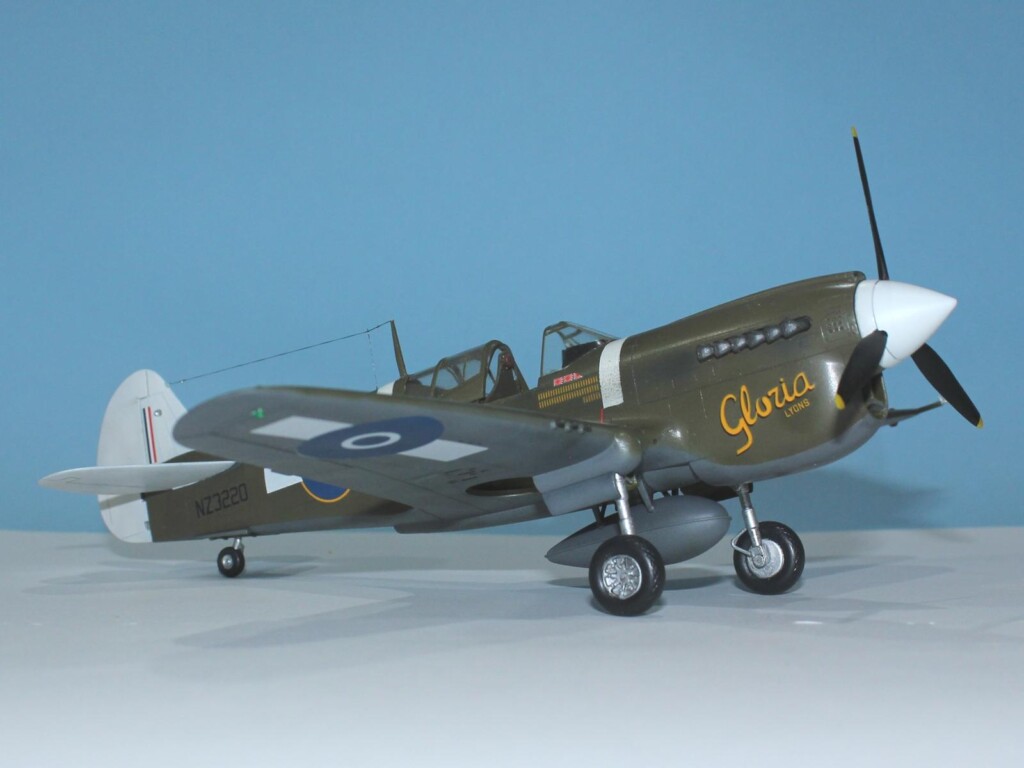
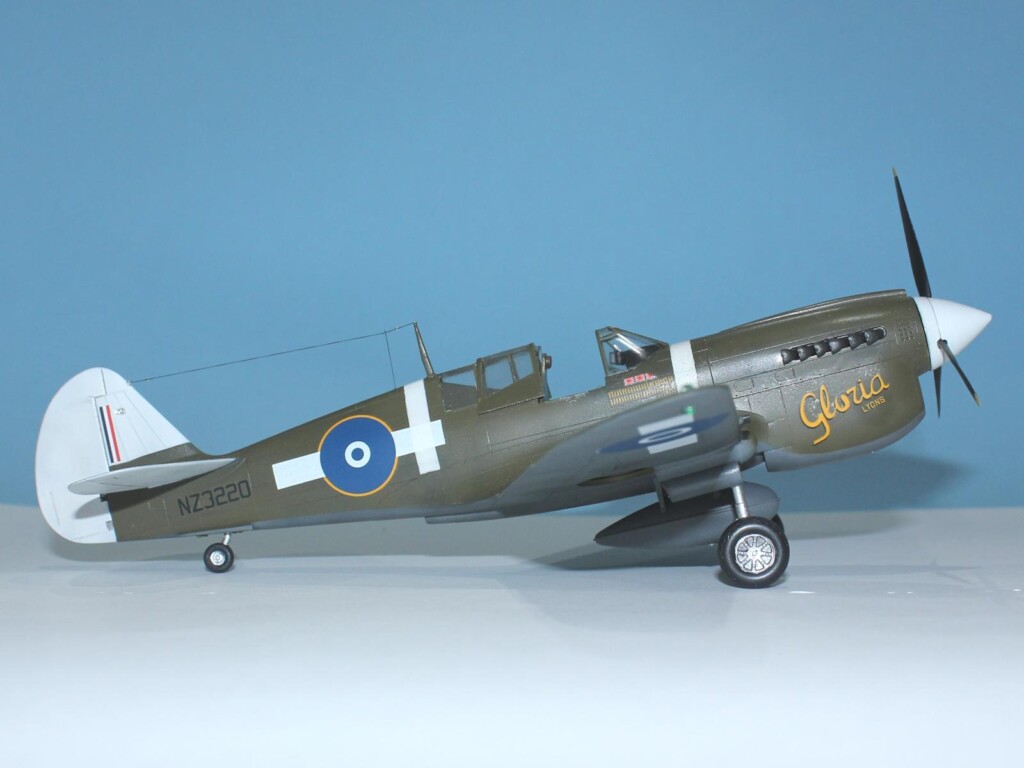
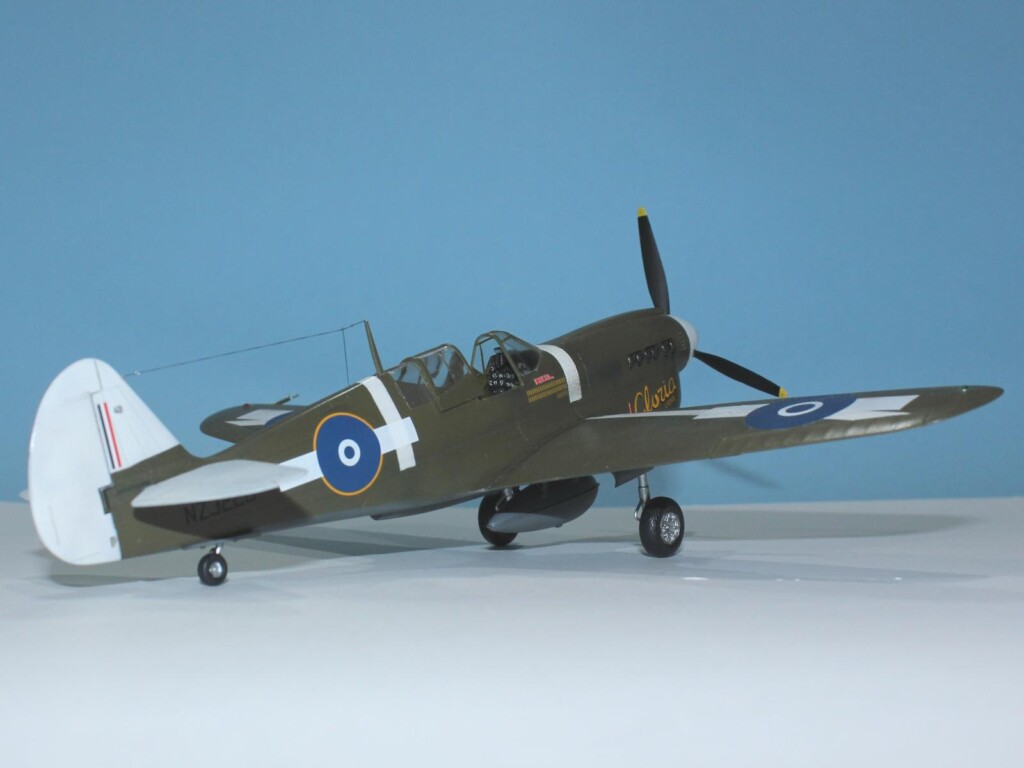

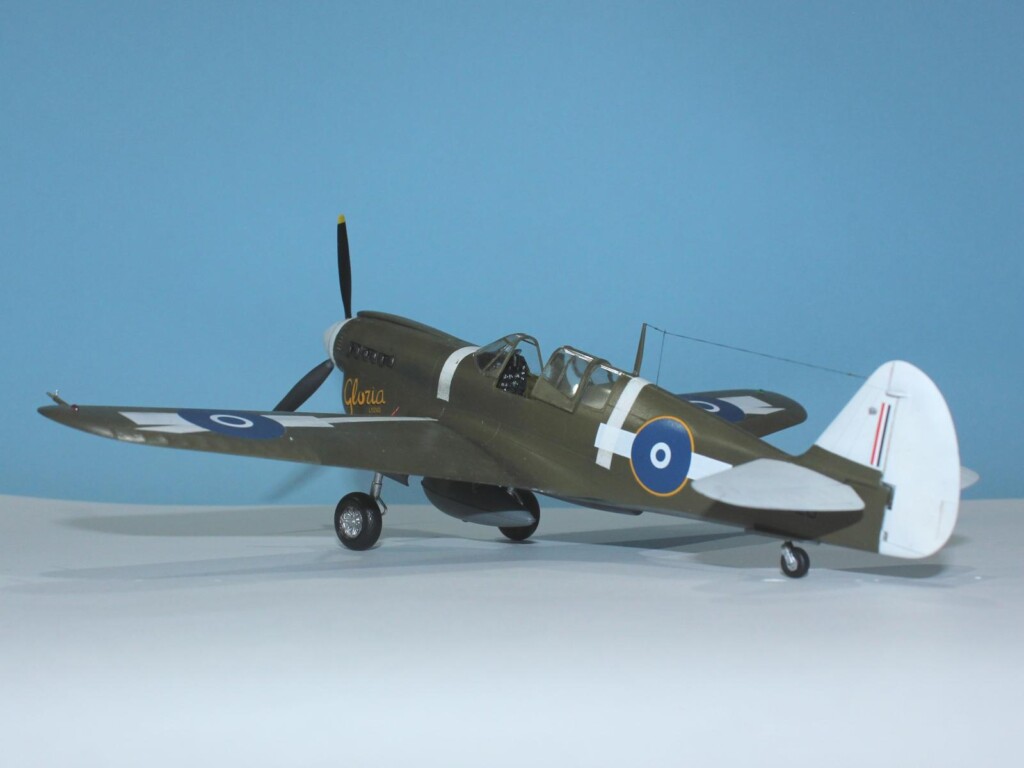

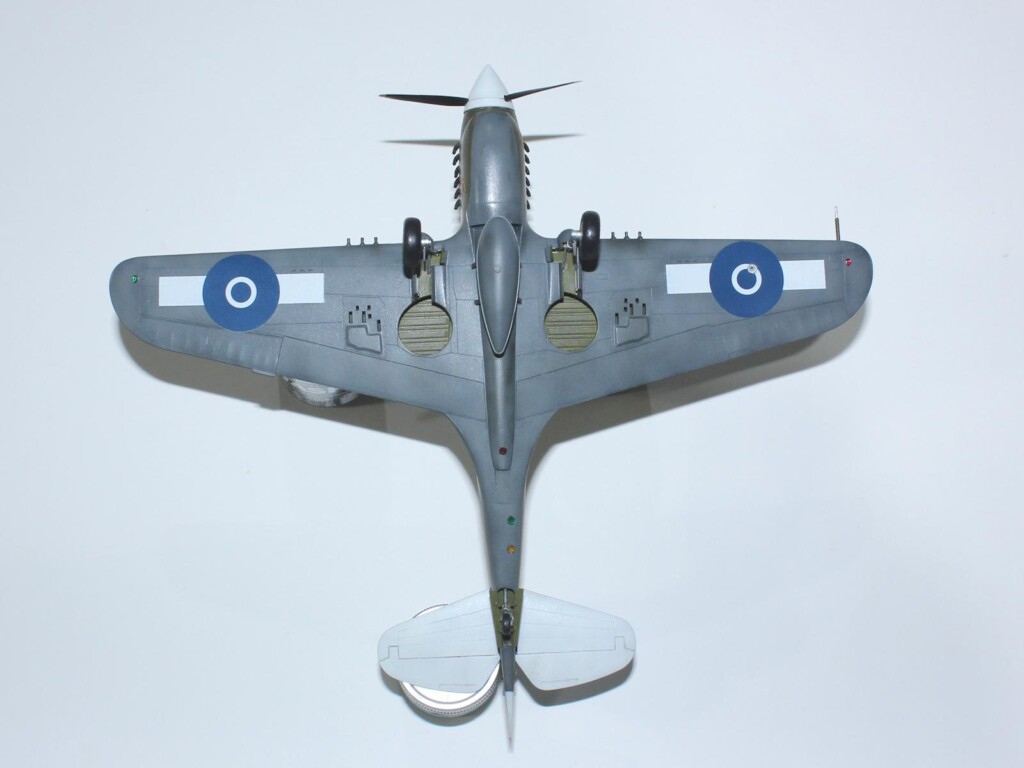
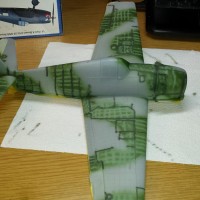
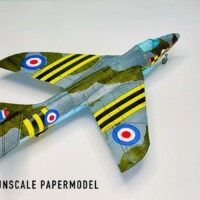
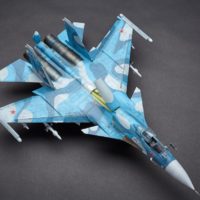
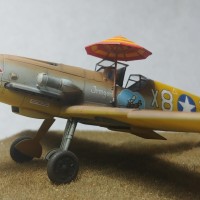
Another beautiful P40, Michael @michaelt
Interesting story about how this aircraft got its name.
Great modifications as well which do clearly contribute in the final result.
Thanks, John (@johnb)
fantastic painting!
G'day Lis (@lis),
It is nice to hear from you, it has been a while.
Thanks for the comment.
☺️
Excellent build.
G'day Chas (@chasbunch),
Thanks for looking.
Another excellent P-40, Michael!
Congratulations!
Thanks, Spiros (@fiveten)
Another great build, Michael, I wonder what happened to Gloria?
G'day George (@chinesegeorge),
Thanks for looking.
This site states that she later married and moved to Bankstown, a suburb of Sydney, Australia.
Well done Michael, and one can never build too many P-40's IMHO.
G'day Tom (@tom-bebout),
I agree!
I have since bought another 7 P-40 kits and can't wait for the new Eduard kits to be released.
The P-40 is my favourite US fighter and its place in history is much underrated.
Another well-done "hawk!" Those New Zealand aircraft had some great schemes that really added to the insignia look - this one is great!
G'day Greg (@gkittinger),
Thanks.
Those stripes are theatre markings and the US P-40s used them as well.
I have a Mauve P-40M that I think I will do as a US bird with the same stripes and make them a pair.